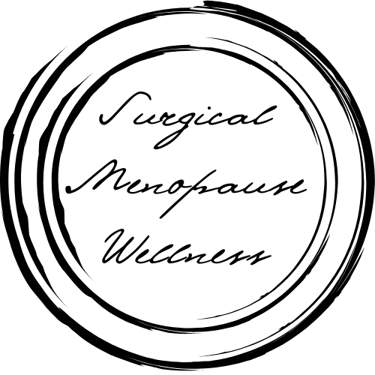The Healing Power of Walking: Why Gentle Movement Matters in Surgical Menopause
Discover the powerful benefits of walking for women in surgical menopause in this gentle yet empowering guide. Learn how slow, steady movement supports nervous system regulation through bilateral stimulation, reduces cortisol, and helps ease common menopause symptoms like anxiety, fatigue, and hot flashes. If you're looking for stress relief, hormone-friendly movement, and a simple way to reconnect with your body, this article is for you. Walking isn’t just exercise—it’s healing. Keywords: surgical menopause, walking benefits, nervous system regulation, bilateral stimulation, gentle exercise for menopause, stress relief for women, hormone balance, natural healing, movement for menopause
7/7/20252 min read


The Healing Power of Walking: Why Gentle Movement Matters in Surgical Menopause
In a world that praises hustle, sweat, and high-impact workouts, it’s easy to overlook one of the most powerful healing tools we have: walking.
For women navigating surgical menopause, walking isn’t just exercise—it’s medicine. It’s mindset. It’s a moment of peace in the middle of hormonal chaos.
Here’s why walking, especially slow and steady walking, deserves a spot in your daily rhythm.
Walking Supports Your Nervous System (And Here's Why That Matters)
One of the most incredible benefits of walking is the way it calms and regulates the nervous system.
Have you ever noticed how a walk can help you clear your head? That’s not just in your imagination. Walking creates something called bilateral stimulation—a gentle back-and-forth rhythm between your left and right sides (arms, legs, eyes, breath). This mimics the same process used in trauma healing methods like EMDR therapy.
That rhythmic movement helps your brain process emotions, down-regulate stress, and shift out of fight-or-flight mode. And when your nervous system feels safer, your whole body responds: your hormones stabilize, your digestion improves, your thoughts slow down.
For women in surgical menopause, where estrogen loss already creates a heightened sense of internal stress, walking can be a vital way to signal to your body: you are safe.
Slow and Steady Is the Secret
You don’t have to power-walk to feel the benefits.
In fact, slow and steady movement is better for our bodies during surgical menopause. High-intensity or fast-paced workouts can spike cortisol (your stress hormone), which can make hot flashes, sleep disruption, and weight gain even worse.
When you walk at a gentle pace, you're:
Supporting your joints (which may ache more post-surgery)
Giving your adrenals a break
Encouraging healthy lymphatic flow (hello, detox!)
Boosting circulation without exhaustion
Strengthening your connection with your body—not fighting it
Walking becomes not just movement, but a moving meditation—a way to come back to yourself with every step.
Surgical Menopause Calls for Less Stress, Not More
When your ovaries are surgically removed, the sudden drop in estrogen can create a storm of changes—emotionally and physically. You may feel more anxious, more fatigued, more disconnected from your body. This is normal—but it doesn’t have to be permanent.
The path forward is paved with stress-reducing practices, and walking is one of the most accessible tools we have.
Here’s why walking is such a beautiful choice:
No gym membership required
Can be done daily, even for 5–10 minutes
Pairs beautifully with breathwork or mindfulness
Can be a time of connection with nature or loved ones
Empowers you without overwhelming your system
Every step you take is a message to your body: I’m here. I’m caring for you. We’re doing this together.
A Gentle Challenge
If it’s been a while since you’ve moved your body, start small. Set a timer for 10 minutes. Step outside, breathe deeply, and simply begin. No goals. No pace. Just presence.
Try this walking affirmation:
“With every step, I return to myself.”
Final Thoughts
You don’t need to “work harder” to heal. You need to work with your body, not against it.
Walking is a quiet rebellion in a world that pushes us to do more.
It’s a gentle, yet powerful reminder:
You are not broken. You are in transition.
And healing doesn’t have to hurt—it can feel like fresh air, soft footsteps, and the calm that comes from finally exhaling.
Want More Nervous System Support?
Grab my free Self-Soothing Checklist—a collection of simple, calming practices to help you feel grounded and at home in your body again.
👉 https://selfsoothingchecklist.gr-site.com/
Surgical Menopause Wellness
Empowering women through surgical menopause resources and wellness practices.
Disclaimer
The information provided on this website is for informational and educational purposes only and is not intended as a substitute for professional medical advice, diagnosis, or treatment. This content should not be used to diagnose, treat, cure, or prevent any health condition or disease. Always consult with a qualified healthcare provider before making any changes to your health regimen, starting new treatments, or if you have questions regarding a medical condition. Reliance on any information provided by this website is solely at your own risk.
© 2024. All rights reserved.
